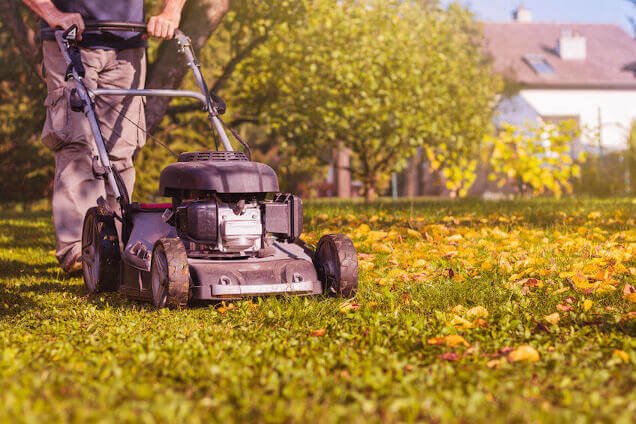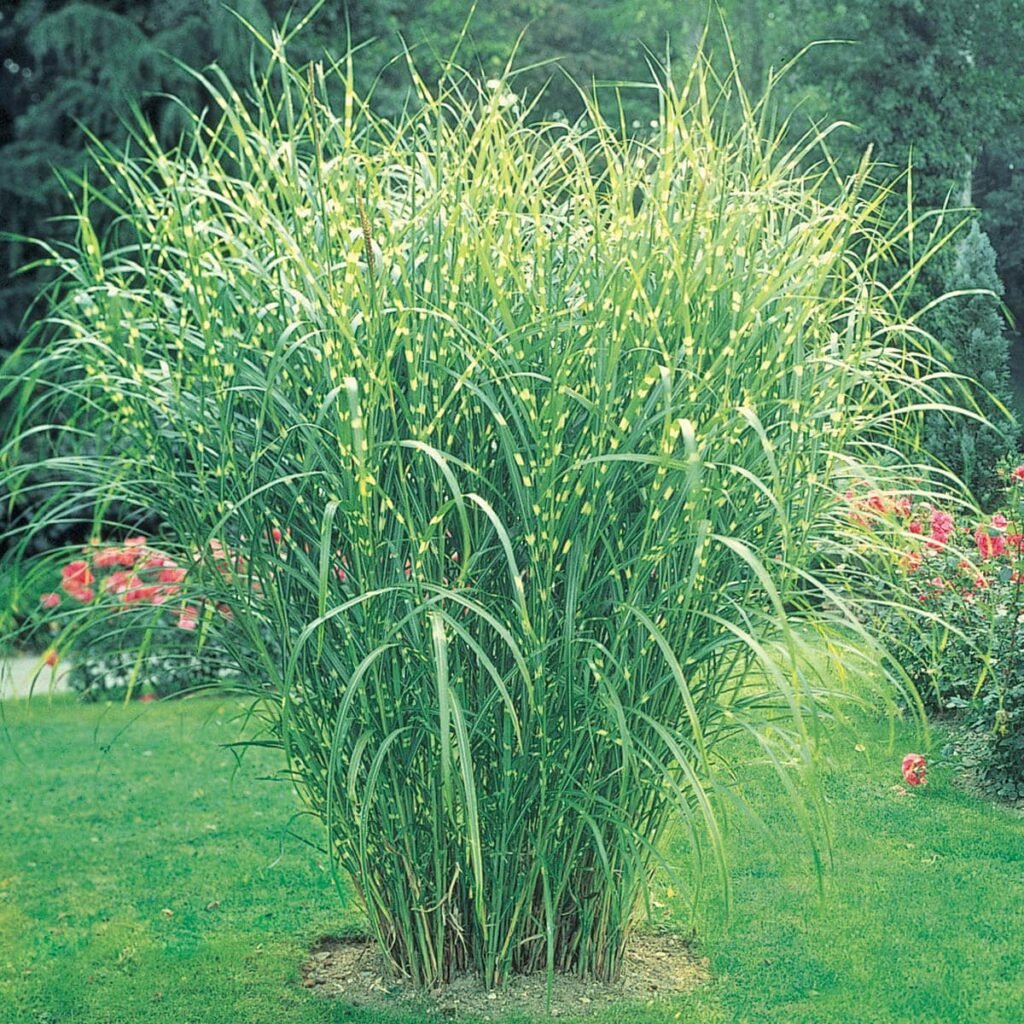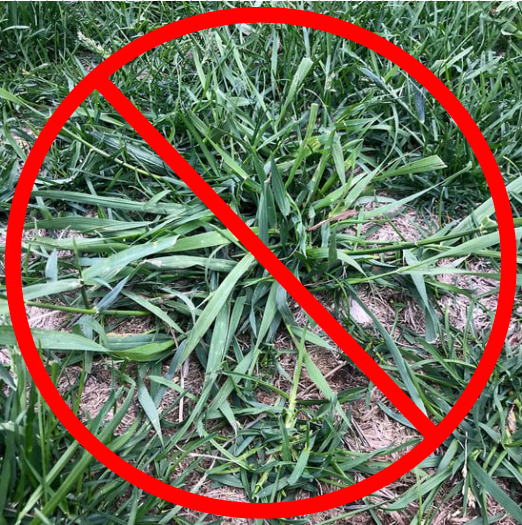
Dealing with an infestation of crab grass? Crab grass can turn your lovely lawn into a mess. This weed can spread at an alarming rate, choking your grass and ruining your lawn’s appearance. If you’re looking for the best way to get rid of crab grass, then this blog post is for you. We will delve into the best crab grass treatments and how to stop it from becoming a permanent resident in your yard for good.
Understanding Crabgrass and its Growth Cycle
Crab grass is a stubborn enemy and demands a deep understanding for its destruction. Recognizing its nature and life cycle is pivotal for devising a successful battle plan. This hated weed, scientifically classified as a warm-season annual, flourishes in hot weather, will continue to spread year after year. In autumn, it wilts, but not before dispersing tons of seeds.
These seeds demonstrate surprising resilience, lying dormant until optimal growth conditions arrive. With this knowledge, we can begin strategizing against the persistent crab grass. By understanding its need for particular growth conditions, we can employ preventive actions to disrupt its resurgence.
Where does crab grass start to grow?
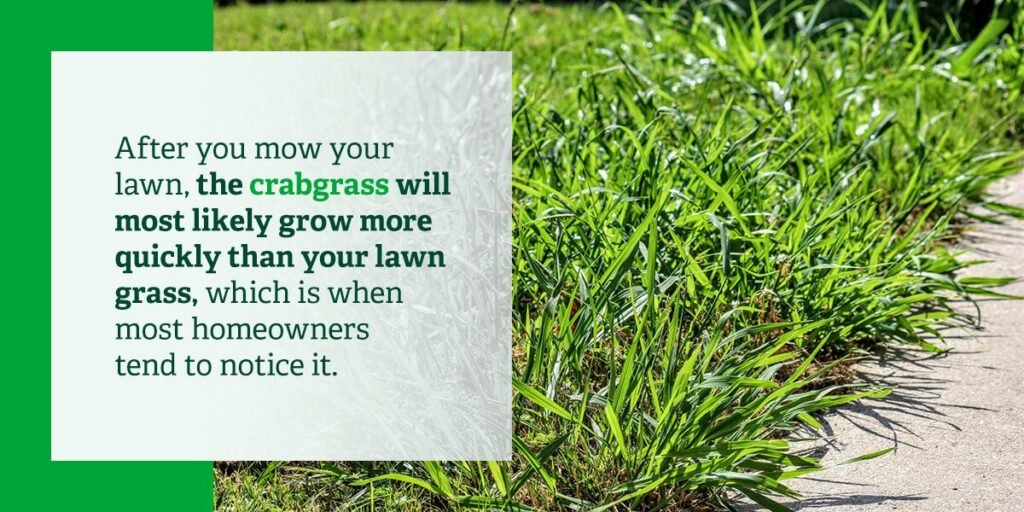
Crab grass typically starts to grow in areas that are exposed to full sunlight and in soils that are compacted or poorly drained.
You’ll most often find it sprouting near hot surfaces such as rocks, driveways, and along the edges of roads where the soil tends to be sandy and warm. Another favourable spot for crab grass is where the lawn is thin or sparse. Any bare patches or thin spots in your lawn provide an open invitation for crab grass to settle in and start growing.
These areas are often the result of overused walkways, heavy traffic areas, or places where the lawn has been damaged. Understanding these preferred locations for crab grass growth can help guide your prevention efforts and target your treatment applications more effectively.
For example, you might pay particular attention to aerating compacted soil areas, or over-seeding thin spots to establish a denser lawn. Remember, an ounce of prevention is worth a pound of cure.
Avoiding Crabgrass Favourable Conditions
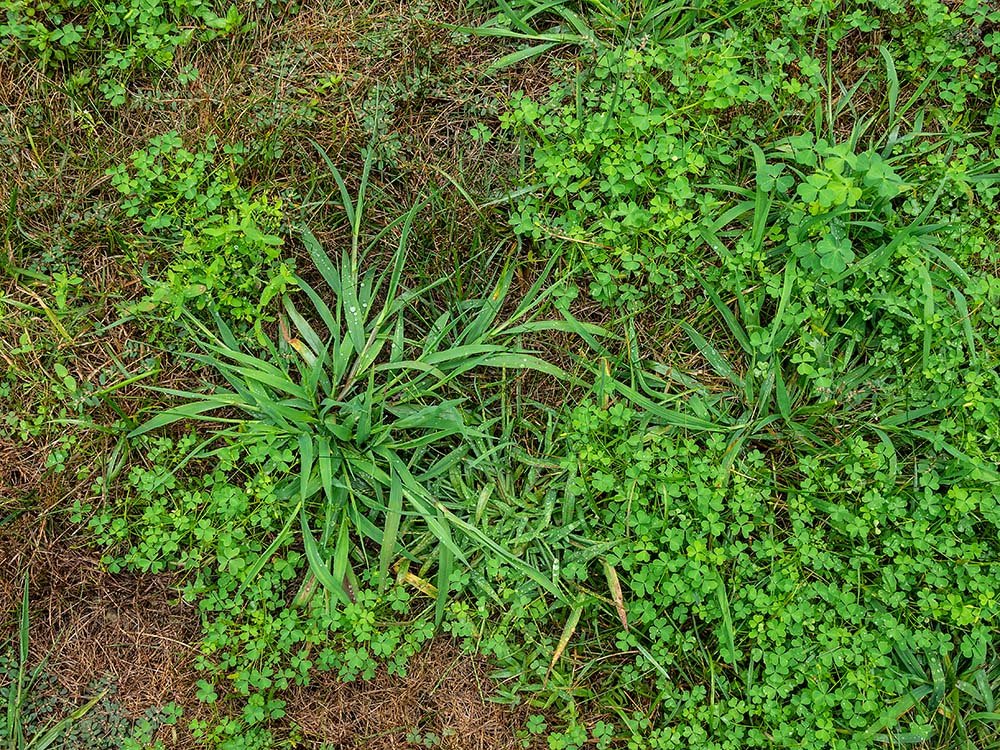
Proactively creating an environment that is inhospitable to crab grass can be a key strategy in your fight against this weed.
Since crab grass flourishes in compacted and poorly drained soil, making alterations to improve soil condition can deter its growth. Regular aeration, which involves creating small holes in the soil to allow air, water, and nutrients to penetrate, can loosen compacted soil and promote healthy grass growth. Additionally, integrating organic matter, like compost, can further enhance the soil structure and drainage.
It’s also important to remember that crab grass seeds rely on sunlight to sprout. This knowledge can be turned into a preventive strategy. By maintaining a lush and tall lawn, you can create a dense canopy that shades the soil, blocking light from reaching the crab grass seeds and thus hindering their germination.
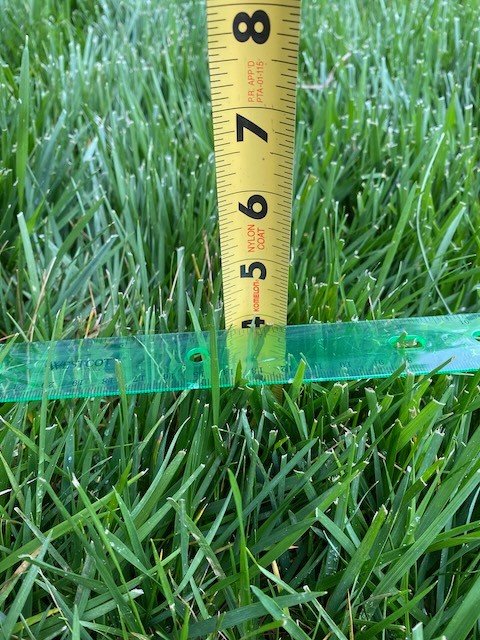
Apart from these measures, it’s worth noting that certain watering and mowing habits can inadvertently favour crab grass. Overwatering not only leads to poorly drained soil, a condition preferred by crab grass, but also weakens your lawn grass, giving crab grass a competitive advantage. A better watering practice is to water deeply, but less frequently.
This encourages your lawns turf to develop deep root system that outcompetes crab grass for resources. Similarly, mowing your lawn too short can provide the light that crab grass seeds need to germinate. Aim to keep your grass a bit taller, usually about 3 to 4 inches for most grass types, to provide ample shading to the soil.
Changing Lawn Care Practices for Crabgrass Prevention
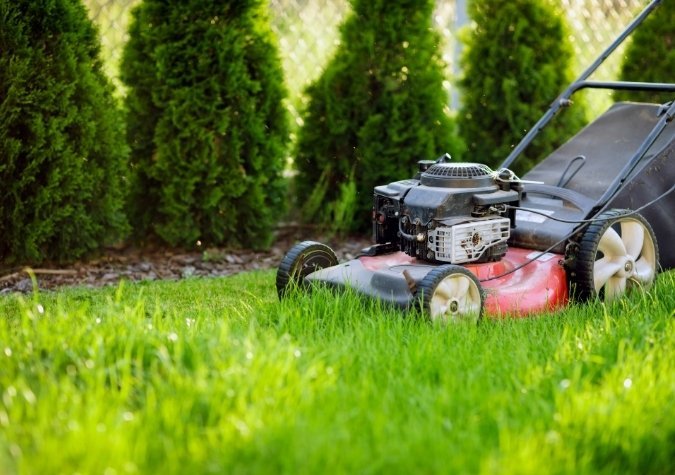
Altering your lawn care routine can play a significant role in combating crab grass. Again one of the most impactful things you can do to prevent crab grass from growing is changing the way you mow your lawn. By maintaining a slightly taller grass height, generally around 3 to 4 inches for most varieties of grass, you create a barrier of shade that inhibits the germination of crab grass seeds.
Watering practices are also key. Overwatering your lawn can inadvertently create an environment conducive to crab grass by leading to poor drainage and weakening your lawn grass. Rather than watering lightly and frequently, a deep watering schedule is recommended. This method encourages the root growth of your lawn grass, enabling it to compete more effectively with the shallow-rooted crab grass.
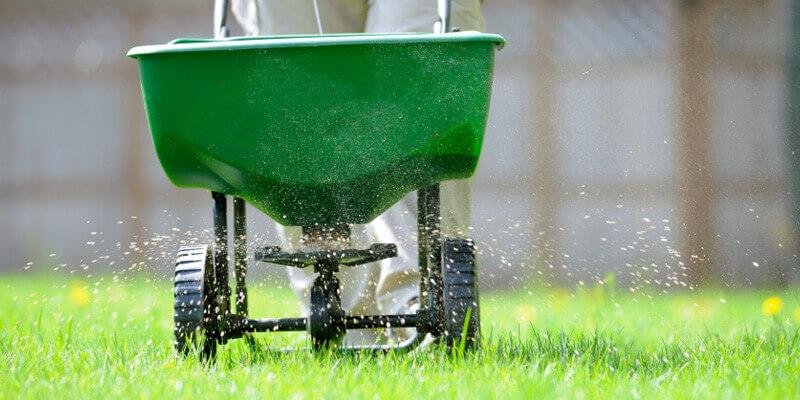
Additionally, integrating a regular fertilization schedule specific to your lawn grass type and regional conditions can significantly enhance your lawn’s overall health and resilience. A well-nourished and robust lawn is less likely to succumb to crab grass invasion.
Implementing these lawn care modifications won’t just aid in preventing the growth of crab grass but also promote a healthier and more lush lawn overall. Remember, consistent application of these practices is the key to successfully maintaining a crab grass-free lawn.
The Role of Pre-Emergent Herbicides in Crabgrass Control
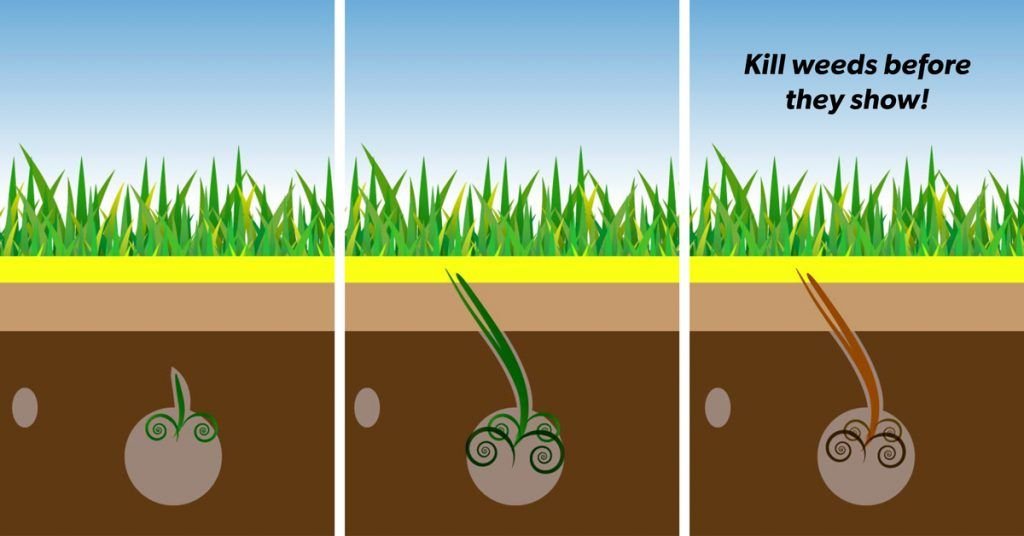
The strategic application of pre-emergent herbicides can be a game-changer in your fight against crab grass. Pre-emergents operate by disrupting the growth process of crab grass seeds, preventing them from germinating.
It’s crucial to remember that the effectiveness of these herbicides hinges significantly on timing. They should be applied in early spring, well before the soil temperature consistently hits 55°F, which is the signal for crab grass seeds to sprout.
If administered too late in the season, their efficacy drops as the crab grass seeds would have already begun their growth cycle. Properly utilizing these herbicides, in tandem with your adjusted lawn care practices, can provide a potent line of defense, significantly reducing the likelihood of a crab grass takeover in your lawn.
Post-Emergent Crabgrass Treatments
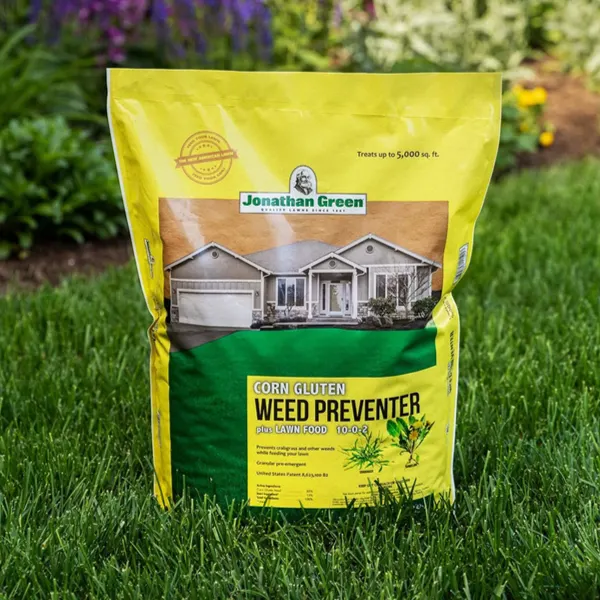
Crabgrass that has already sprung up in your lawn is not a lost cause. There are viable solutions to tackle this issue, with post-emergent crabgrass treatments being one of the most effective. These are products specifically formulated to eliminate crabgrass that has already sprouted and begun to take hold in your lawn.
They are particularly potent when applied to young, actively growing crabgrass plants. Like mentioned before with pre-emergent treatments, timing is of essence. The application should ideally coincide with the active growth phase of the crabgrass for maximum impact.
Equally important is following the specific instructions provided on the product. Ignoring or deviating from these instructions could potentially lead to less than satisfactory results, or even worse, harm your lawn. When used correctly, post-emergent crabgrass treatments can help curb the spread of this unwelcome intruder.
The Importance of Perseverance and Consistency

Persistence and consistency are your greatest allies in this battle against crab grass. Maintaining a crab grass-free lawn isn’t accomplished overnight. It’s a continuous process that requires a steady application of the discussed methods.
Don’t lose heart if you observe some crab grass after your initial attempts to eradicate it. Persistence is key – continue adhering to your enhanced lawn care practices and be diligent with your use of pre- and post-emergent crabgrass control treatments.
While it might seem daunting at first, do remember that every effort you make contributes to lessening the crab grass problem as well as other weeds at the same time. Every application of herbicide, every alteration to your watering schedule, and every inch you let your grass grow taller, they all add up in creating an environment less favourable for crab grass growth.
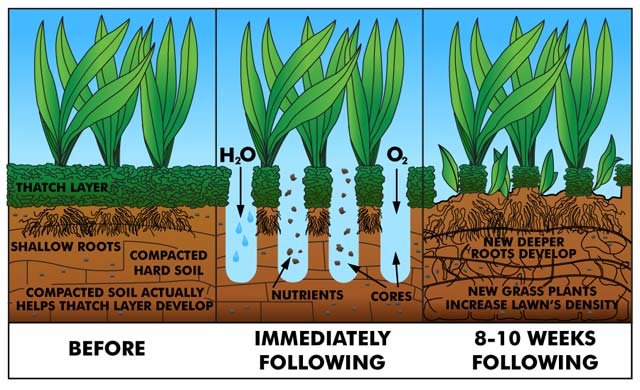
It’s crucial to stay consistent with your lawn care modifications, even if you’re not seeing immediate results. Crab grass has a tenacious nature, and its seeds have a remarkable ability to stay dormant in the soil, waiting for optimal conditions to germinate. Consistency in your lawn care regimen disrupts these optimal conditions, making it harder for crab grass to regain its foothold.
Also, do not forget to regularly monitor your lawn’s condition. Early detection of any crab grass resurgence allows for prompt treatment, preventing the weed from spreading and becoming more difficult to manage.
The journey to a crab grass-free lawn may be slow, but rest assured, with persistence and consistency, you will see a noticeable reduction in crab grass over time. Eventually, you’ll be rewarded with a lush, vibrant lawn that’s free of this invasive weed. So, keep up the good fight – your lawn is worth it.

